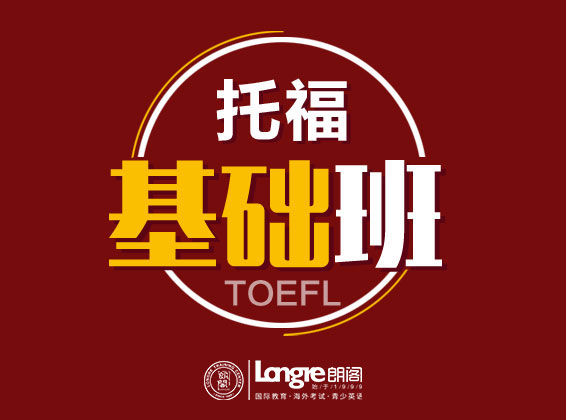|
很多考生都抱怨托福阅读文章太长,生词太多,才导致自己根本读不懂文章,不用说作对题目了,托福培训讲师介绍,其实如果读不懂文章主旨句意思,可以借助例子的意思反推,究竟具体怎么做呢?一起来看看吧。 如何快有效地进行托福阅读文章的理解是取得理想成绩的一个很重要的因素,而句间关系的理解对于一个段落的把握有很大的决定因素。托福阅读的文章都是学术性的文章,对于一个事情的说明,一个观点的阐述,有时候是比较抽象的,作者会用具体想象的例子来证明,所以,对于看不懂某个段落要讲述的内容时,如果这个段落有个例子,可以通过例子来抓取这个段落的主要内容,同时,如果观点读懂了,例子部分就不用看了,这样可以省去时间来做别的题目。因此,在遇到含有例子的段落有两个方法来区别对待,结合自己的实际情况。下面我们来看两个含有举例关系的段落,如何快速搞定。 The particular symbolic significance of the cave paintings in southwestern France is more explicitly revealed, perhaps, by the results of a study conducted by researchers Patricia Rice and Ann Paterson. The data they present suggest that the animals portrayed in the cave paintings were mostly the ones that the painters preferred for meat and for materials such as hides. For example, wild cattle (bovines) and horses are portrayed more often than we would expect by chance, probably because they were larger and heavier (meatier) than other animals in the environment. In addition, the paintings mostly portray animals that the painters may have feared the most because of their size, speed, natural weapons such as tusks and horns, and the unpredictability of their behavior. That is, mammoths, bovines, and horses are portrayed more often than deer and reindeer. Thus, the paintings are consistent with the idea that the art is related to the importance of hunting in the economy of Upper Paleolithic people. Consistent with this idea, according to the investigators, is the fact that the art of the cultural period that followed the Upper Paleolithic also seems to reflect how people got their food. But in that period, when getting food no longer depended on hunting large game animals (because they were becoming extinct), the art ceased to focus on portrayals of animals. 段落的句话是这个段落的主旨句,说研究表明,在法国西南的岩洞画的特殊的象征的重要性明确地表现了出来。如果这句话明白了,后面的文字可以省略不看,或者快速浏览来验证一下。第二句话的开始 The data they present suggest that 是在用数据来支持前面的观点,紧接着第三句话就是一个For example,举例来说明前面的观点,例子说野牛和马画的比我们想象的要多,可能是因为他们比别的动物大肉多。这个例子就是对岩洞画象征含义的一个具体的例证。对于例子和段落主旨的核对是明确段落难于理解的一个很好用的方法。 Only recently have investigators considered using these plants to clean up soil and waste sites that have been contaminated by toxic levels of heavy metals–an environmentally friendly approach known as phytoremediation. This scenario begins with the planting of hyperaccumulating species in the target area, such as an abandoned mine or an irrigation pond contaminated by runoff. Toxic minerals would first be absorbed by roots but later relocated to the stem and leaves. A harvest of the shoots would remove the toxic compounds off site to be burned or composted to recover the metal for industrial uses. After several years of cultivation and harvest, the site would be restored at a cost much lower than the price of excavation and reburial, the standard practice for remediation of contaminated soils. For examples, in field trials, the plant alpine pennycress removed zinc and cadmium from soils near a zinc smelter, and Indian mustard, native to Pakistan and India, has been effective in reducing levels of selenium salts by 50 percent in contaminated soils. 这个段落的例子和观点的具体情况和个段落是一样的,我们来看一个和这个段落有关的托福阅读试题,第 12题,作者为什么要提到India mustard? 这是一个修辞目的题,我们根据India mustard定位到倒数第三行,在这个句子的 开始的位置有个For example,我们要找这个例子来说明的观点,前面的一句话说是说标准的修复法和植物修复法的时间和费用方面的对比,例子是说植物修复的具体有效性,这个的作用是平行的,需要看句主旨句,句说植物修复法是什么,用例子来说明植物修复在实验研究发现确实是有效的,这就是例子证明观点的一个实际运用。
朗阁知识小贴士: 后托福培训讲师还说,其实在托福阅读中遇到生词也是积累单词的一个机会,因此考生在备考的时候不要一遍遍死做题目,可以在做题目的时候结合其他复习项目,甚至是用一些技巧来解题。 |







